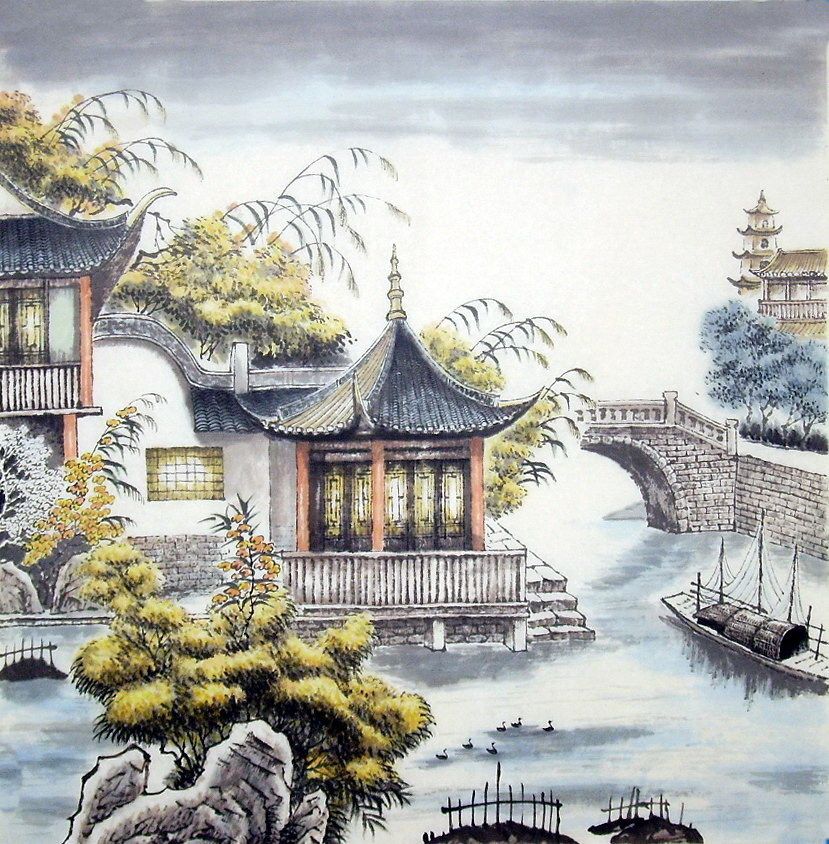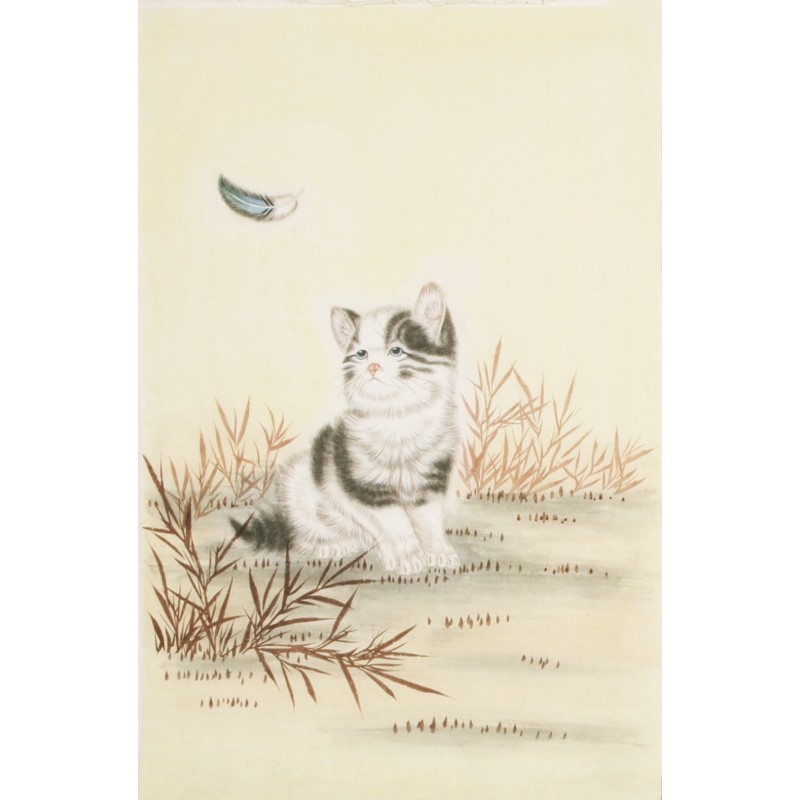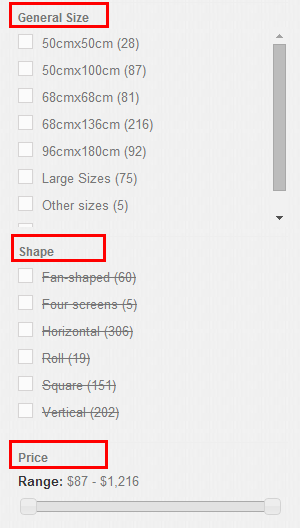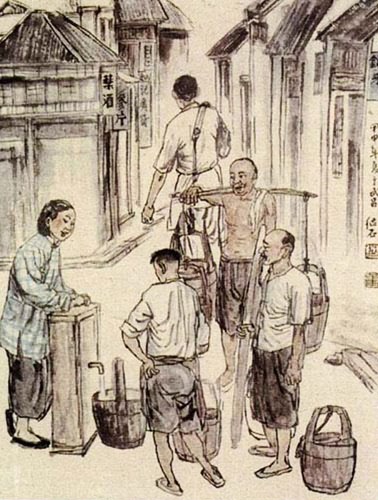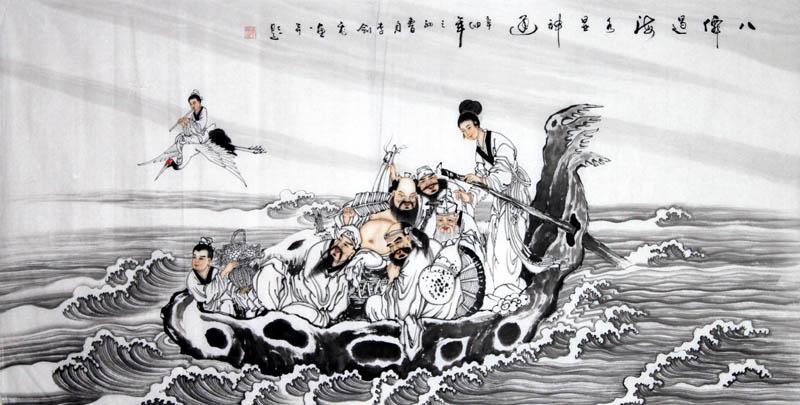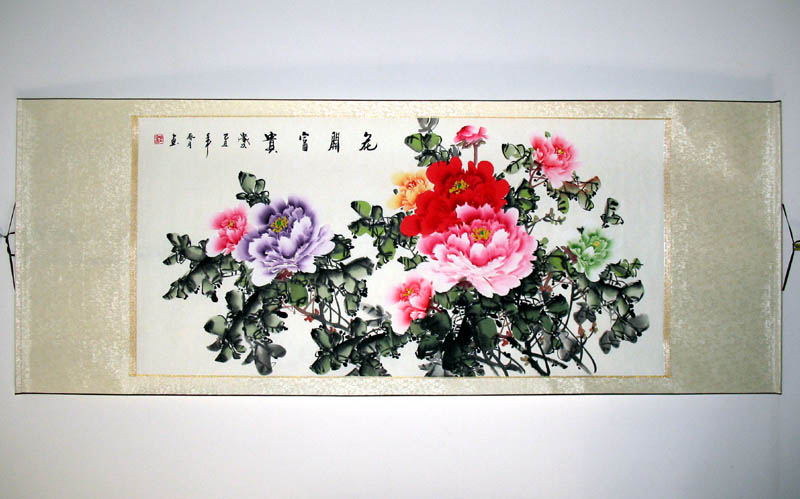There is another type of Chinese paintings called painting of buildings, pavilions, palaces, terraces, and towers, which takes ancient Chinese architecture as the theme. Pavilions, palaces, terraces and towers are general reference to the elaborate Chinese architecture. Those buildings are located in pleasing natural setting, providing poetic scenery.
The Chinese pavilions (which means also kiosk) is built normally either of wood or stone or bamboo and may be in many of several plan figures--square, round, hexagon, octagon, a five-petal flower, a fan and what not. They have columns to support the roof, but no walls. Pavilions are built on slopes or on the lakeside or by the wayside, providing weary wayfarers with a place for a rest and a shelter from the sun and rain. Pavilions also stand on some bridges or over wells. They are not only part of the landscape but also belvederes from which to enjoy it.
The terrace (Tai) is an ancient architectural structure, a very much elevated terrace with a flat top. Generally built of earth and stone and surfaced with bricks, it was used as a belvedere from which to look into distance. The terrace could be built to serve different practical purposes. It could be used as an observatory, also could be used militarily to transmit urgent information with smoke by day and fire by night.
When the Chinese speak of a Lou, they refer to any building of two or more storeys with a horizontal main ridge. Such storied pavilions were meant for a variety of uses. The smaller two-storied building of private homes generally has the owner's study or bedroom upstairs. The more magnificent ones built in parks or scenic spots were belvederes from which to enjoy distant scenery. In this case it is sometimes translated as a "tower". The Chinese ge is similar to the lou in that both are of two or more storeys. But the ge has a door and windows only on the front side, with the other three sides all solid walls. And it is usually enclosed by wood balustrades or decorated boards all around. In ancient times, the ge was used for the storage of important articles and documents, and also used to place Buddhist statues.

